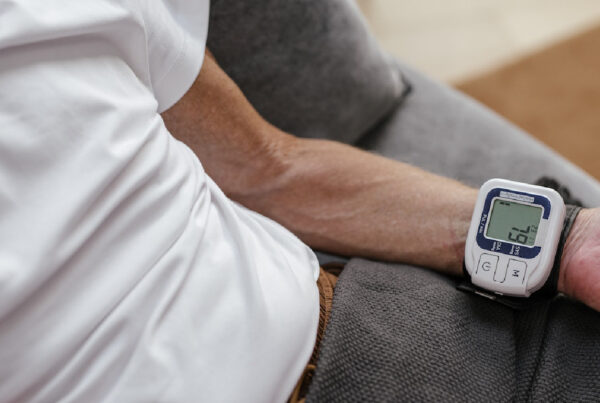Many times the terms dementia and Alzheimer’s are used interchangeably in conversations. Dementia is the umbrella term for a decline in brain function affecting one’s memory, problem-solving skills, behavioral, language, and/or cognitive abilities which interfere with one’s activities of daily life. There are many types of dementia, and Alzheimer’s disease is the most common.
This column is to provide information on Lewy body dementia (LBD). According to the Lewy Body Dementia Association (LBDA), LBD is the second most common type of progressive dementia after Alzheimer’s and affects approximately 1.4 million people in the United States. Lewy bodies are protein deposits found in the brain which disrupt thinking, memory, behavior, and movement.
According to the Mayo Clinic and other medical sources, symptoms of LBD may include impaired thinking, loss of memory or the inability to process information; changes in cognition, attention, and alertness; problems with movement; visual hallucinations; REM sleep behavior disorder (when a person physically acts out vivid dreams and may include violent behavior); behavioral and mood symptoms such as anxiety, depression, and paranoia; as well as changes in autonomic body functions such as blood pressure, temperature, and bladder and bowel functions.
Most at risk for developing LBD are men over the age of 60 and those with a family history of LBD or Parkinson’s.
According to the American Parkinson’s Disease Association (APDA), LBD is a variant of Parkinson’s disease. Since both share common symptoms such as hallucinations, rigid muscles, and slow movement/tremors, it can be challenging to get a correct diagnosis.
When diagnosing LBD, clinicians use the “1-year rule” according to the National Institute on Aging in order to recommend the correct treatment plan to manage symptoms and for a better understanding of the disease’s progression. The following are guidelines used to determine the appropriate diagnosis.
In LBD patients, cognitive symptoms are present at the same time or at least a year before movement disorders. If cognitive issues appear more than a year after movement symptoms, the conclusion would be Parkinson’s disease dementia (National Institute on Aging).
Correctly identifying LBD is also extremely important as this disease has a sensitivity to antipsychotic medications. As difficult as the diagnosis may be for the patient and family, having a clear and accurate understanding will allow for those diagnosed to have access to the right care and appropriate medications, receive support from medical professionals and family, as well as maximize their quality of life.
National Health Care Associates has affiliated skilled nursing centers in the greater Hartford area with secured Alzheimer’s/ dementia care communities providing 24/7 care. For more information, visit www.nhca.com or call 860.263.3800.
For more information on Lewy body dementia or for caregiver support, contact the LBDA at 404.935.6444, the LBDA caregiver link at 800.539.9767 or at www.lbda.org. Another resource is the Alzheimer’s Association at www.alz.org.
Column is written by Laura Falt, director of business development in Connecticut. Laura welcomes the opportunity to be a resource to the community on services for older adults and is often featured in local publications.




